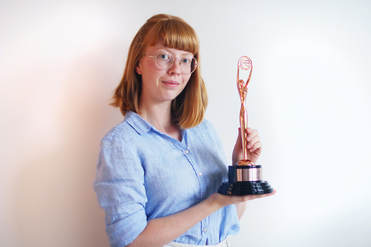 Art Director Hanna Petersson
Art Director Hanna Petersson “Making a career out of my passion felt like a natural step for me. That is why I chose to pursue a career in advertising, where storytelling is key. More importantly, however, storytelling through images is key. What is more interesting than an image telling you a thousand different words at once? It’s limitless,” said Petersson.
By translating her passion into a career, Petersson has developed into a remarkable art director. She has been responsible for the visual style and images in advertising campaigns for several esteemed companies such as Samsung, Canon, Pringles, TD Bank, Victoria’s Secret, Lego, and more. Essentially, as an art director, Petersson is tasked with generating creative ideas to help her clients convey a specific message to their target audiences. Not only does she have to keep her content original and engaging, she has to ensure that any and every product she presents to a client is visually appealing. If consumers aren’t interested in looking at her advertisements, she will have missed the mark. Fortunately, Petersson has developed a reputation for presenting eye-catching content and her clients are often eager to see the next great thing that she will come up with.
According to Petersson, one of the most imperative aspects of her job is to extensively research her clients in order to ensure that she can fully grasp their branding, their target audiences, and what both parties would want to get out of the ad. She is committed to rooting her content on both fact and human truth in order to produce designs that not only look great, but that are perfectly suited to both the client and the target audience alike. She lends herself entirely to the task at hand and once she develops an idea, she is in charge of directing it into a high quality final product. Being in charge of such an essential role in an advertising campaign comes with its challenges and its pressures; however, Petersson considers any obstacle to be a motivation and she thrives off of the sense of fulfillment she feels when her ideas come to life before her eyes.
Unsurprisingly, a satisfied Art Director typically translates into a satisfied customer. Her clients are often taken aback by the caliber of content that Petersson produces. When Petersson isn’t producing high quality designs for her clients, however, she works to develop her own creations and recently designed her own line of tote bags and coasters that she markets and sells on her online store. Whenever customers stumble upon her artwork and her products, they are amazed by her unique style and refreshed by the knowledge that you cannot find anything like Petersson’s work in mainstream stores. For instance, when Anna Bergenheim came across Petersson’s tote bags online, she was blown away by their authentic designs and knew she had to have one for herself.
“It is easy to see why Hanna’s excellent designs, paired with her impeccable understanding of service, is making her online store such a hit. I found the design on the tote bags so lovely and colorful, I just had to get one for myself. Hanna was very helpful in the sales process and I got to know about the inspiration to the designs she made and how she created the totes. It’s great to be able to communicate directly with the designer so you feel more comfortable about your purchase and get to know a bit more about the product. I was very happy with my bag and even got some of my friends to buy a few for themselves too,” told Bergenheim.
Petersson’s idea for her tote bag and coaster line stemmed from her interest in the Swedish art folk style, kurbits. Kurbits typically portray vivid, colorful images of nature where the land is flourishing with animals and flowers. For an artist like Petersson, it is difficult to restrict herself to the traditional makings of an art form. She likes to add her own approach and her own flare to the designs she creates and after studying the brushwork and the shapes of historic kurbit paintings, she had conceived a new, modern approach for her pieces. With that, she began teaching herself about working in a digital space and learned how to translate her hand-drawn sketches into digital masterpieces. She spent months tweaking and refining her ideas in order to remain confident that she was producing the best final product that she possibly could. She enjoyed exploring both her own Swedish heritage, as well as the history of kurbits. In addition, she was energized in knowing that there were no restrictions on how she chose to present the designs. In the end, Petersson’s kurbits designs widely impressed, and led to her being sought-after by the company AdPlant, leading to a wide range of products.
“I find that if I start with a blank canvas, it is exciting but also somewhat limiting. Blank canvases present unlimited possibilities so I find that you need to know what you want to achieve before you begin. For this reason, I always start drawing the art piece out in my mind before I draw it. That way, it is already done in my mind before I begin the actual coloring process. The inspiration and excitement then come from the new paths that start appearing into places I didn’t know before I started. You never really know how an art piece is going to turn out before you actually get your hands dirty. This project turned out very nicely, and the response I got once I launched it for the public was a great confirmation that my efforts had paid off. All of this made for a very enjoyable project, both for me working on it and to people taking it in once it was finished,” she concluded.
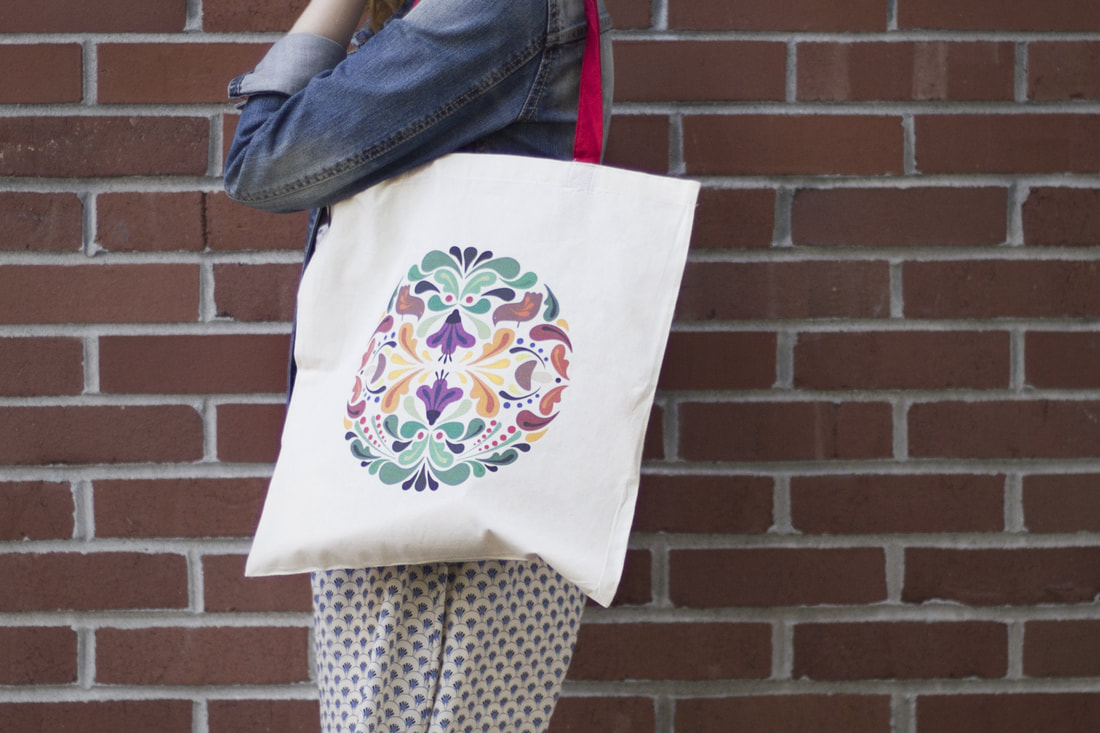

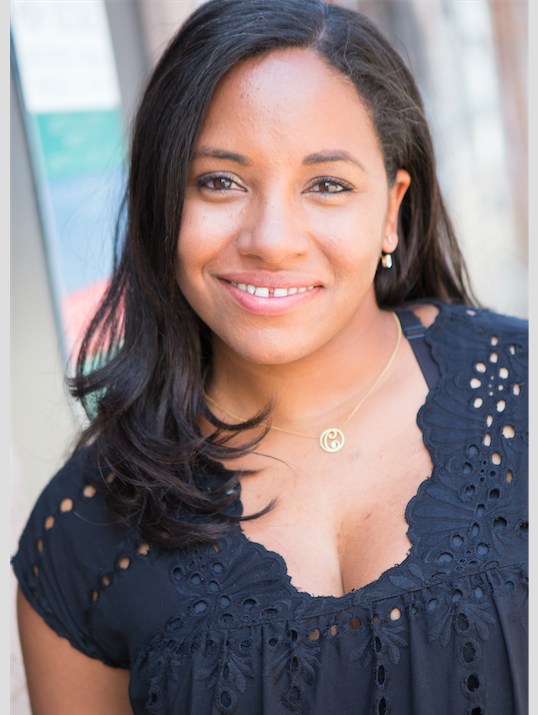
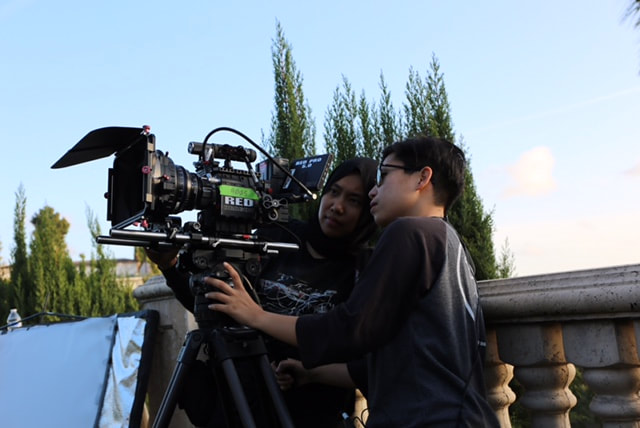
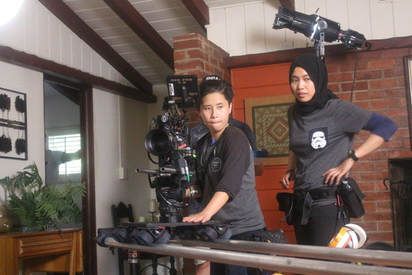
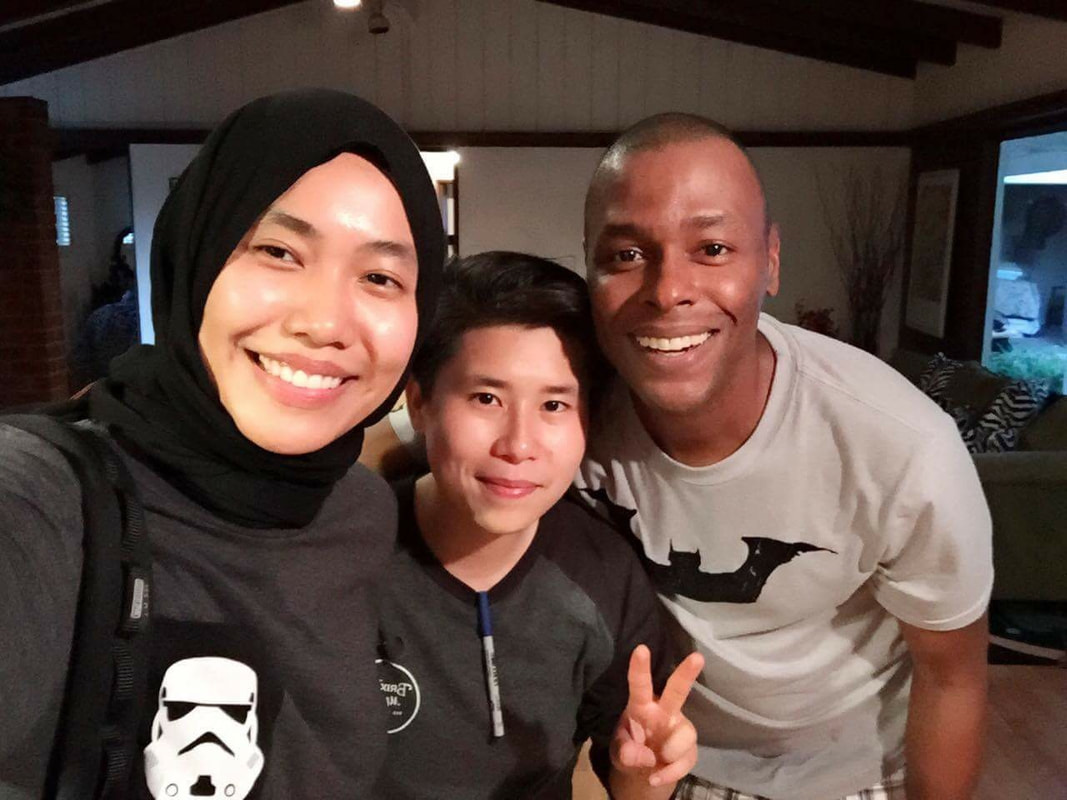
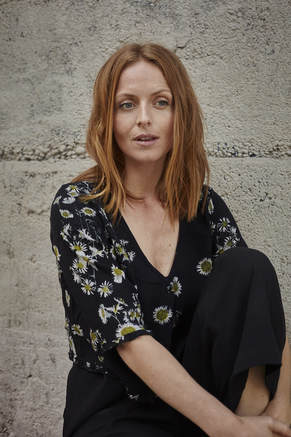
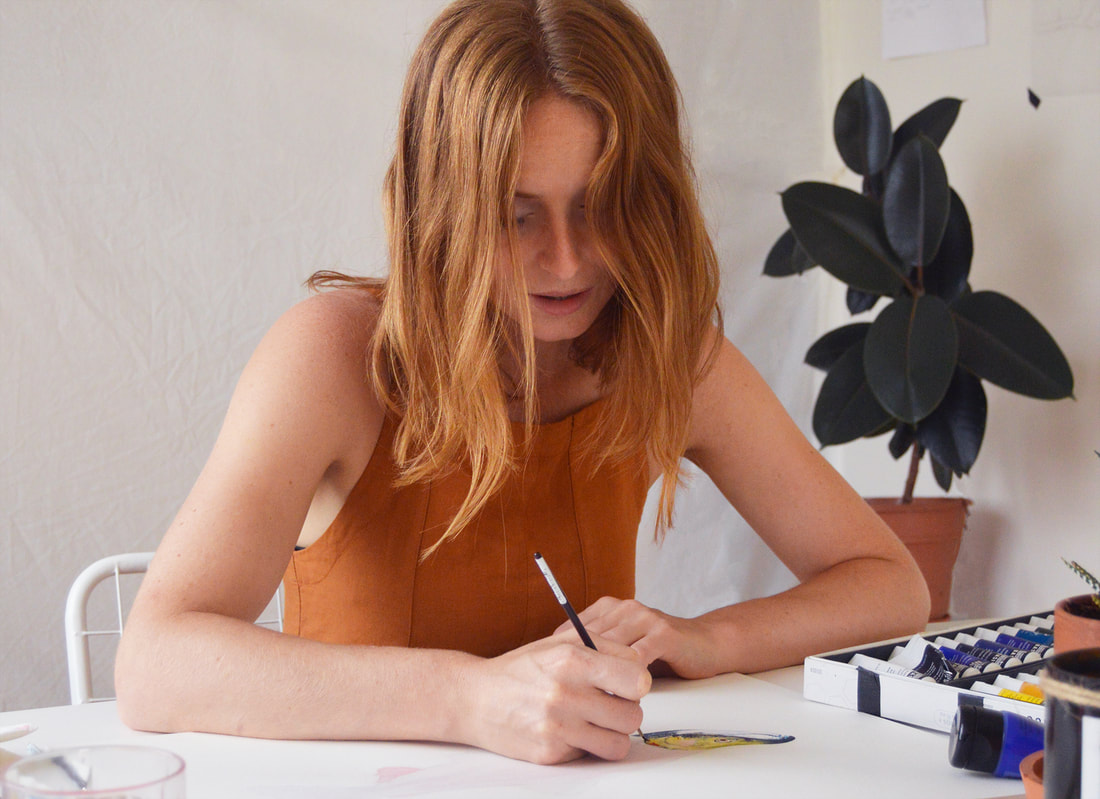
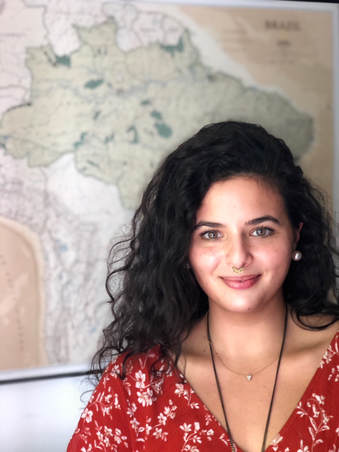
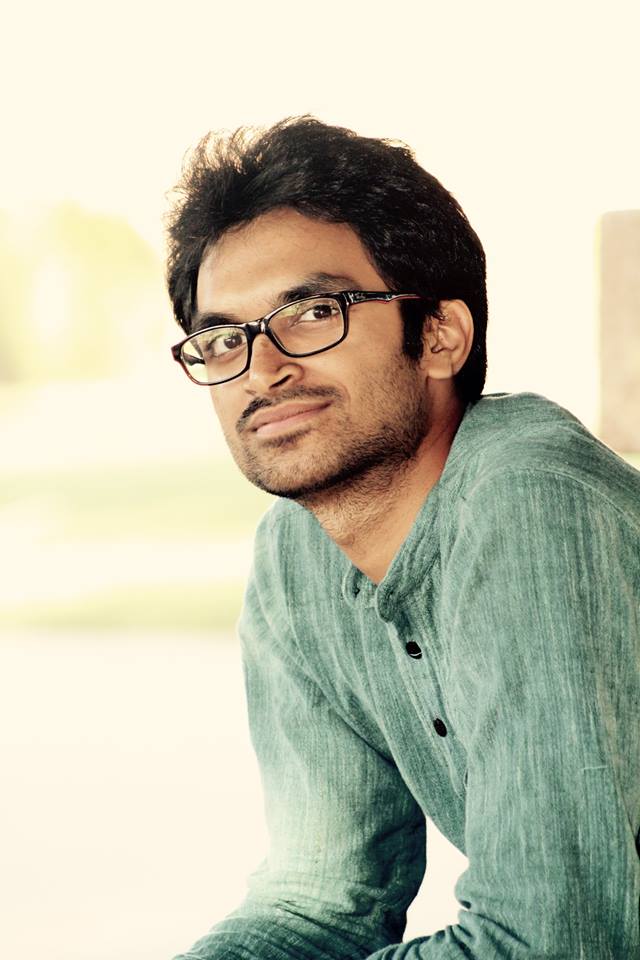
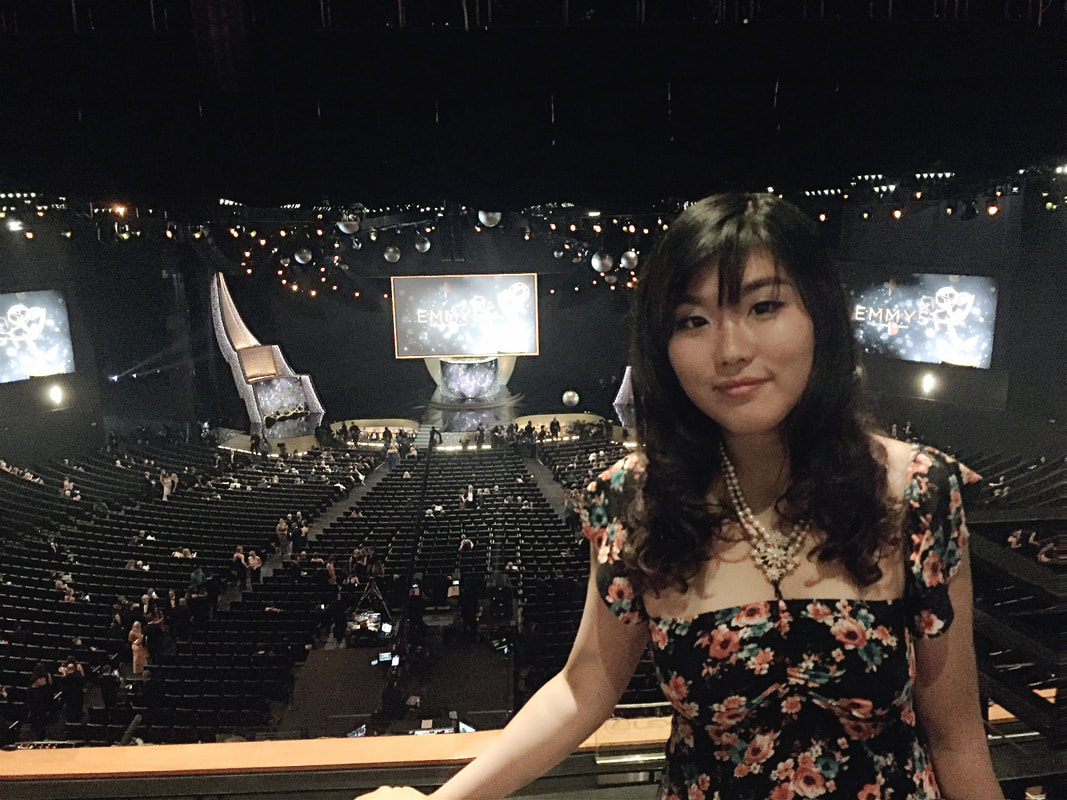
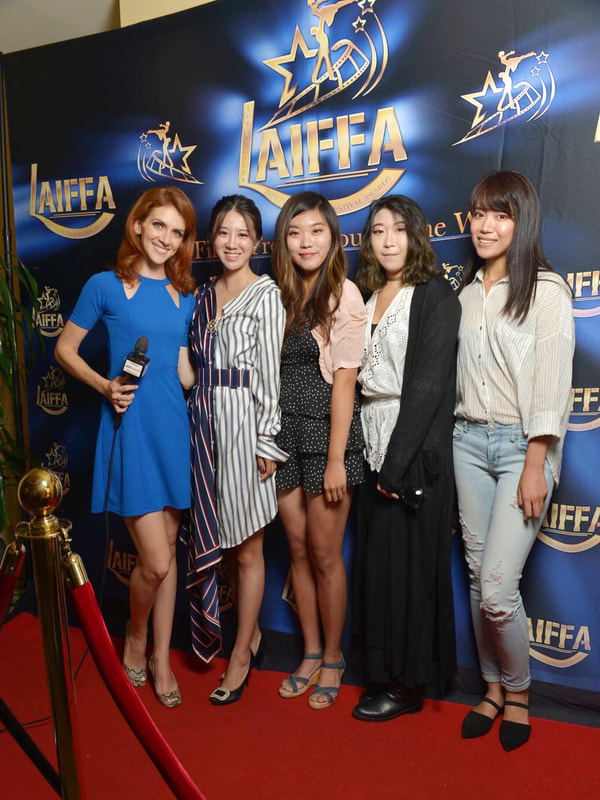
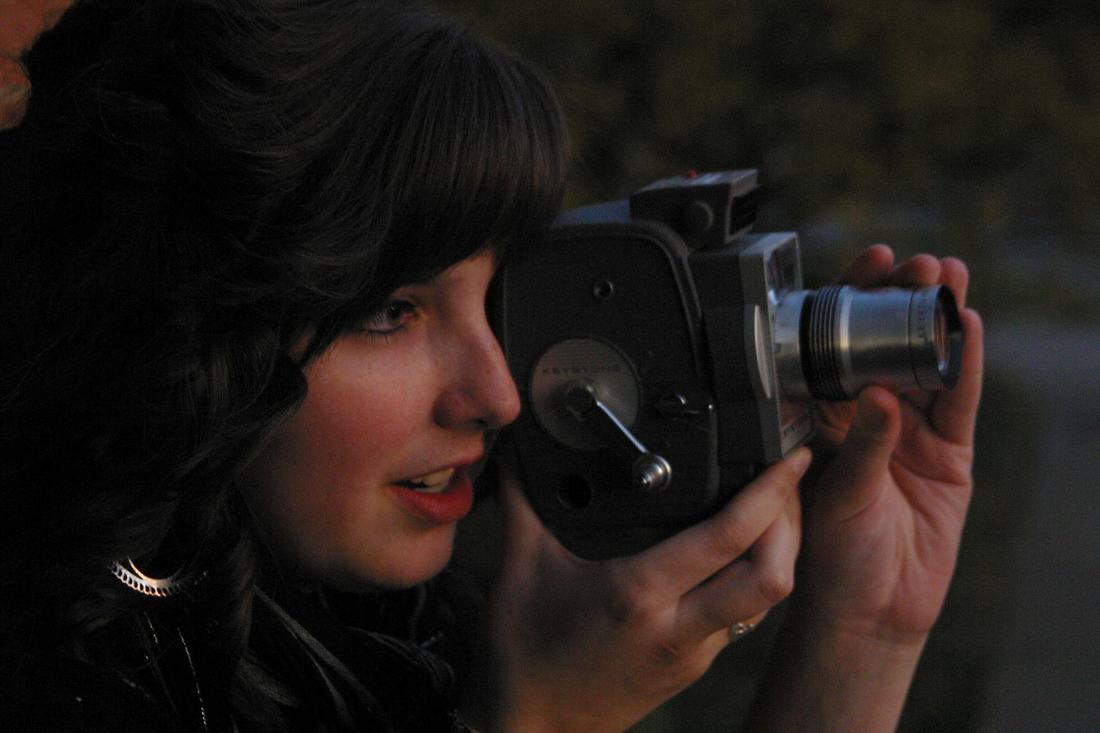
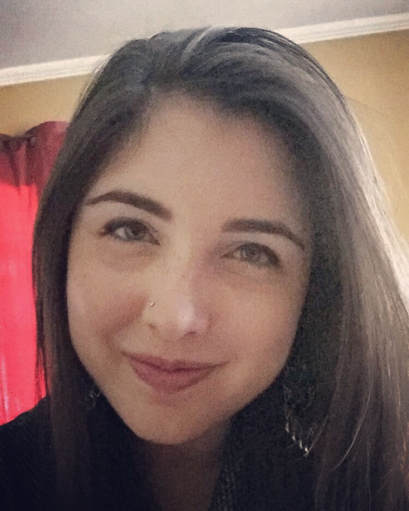
 RSS Feed
RSS Feed
